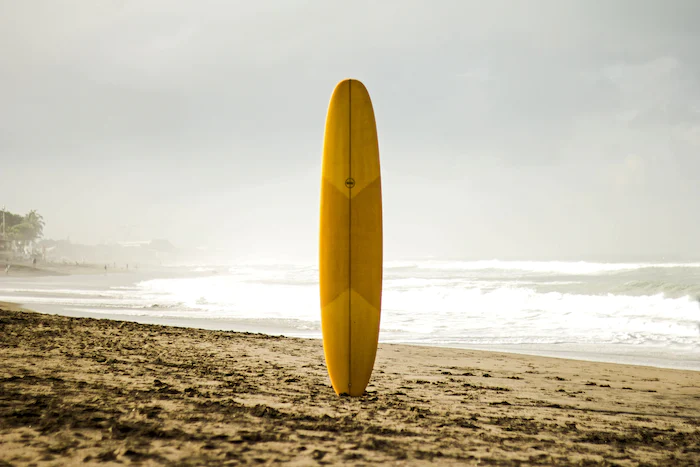Learning to surf can be an exciting and challenging journey, with the ultimate goal being to catch bigger and better waves. One of the key decisions that surfers will need to make is choosing the right surfboard for their skill level and goals. In this article, we’ll explore the benefits of starting with a longboard and progressing to a shortboard.
Longboards
Longboards are typically larger, wider, and more buoyant than shortboards, which makes them more stable and easier to paddle. This makes them a great choice for beginners who are just learning to surf and want to focus on developing their balance and technique. Longboards are also well-suited to surfing in small, mellow waves, which are common in San Diego.

Shortboards
As surfers progress in their skills and gain confidence, they may want to consider transitioning to a shortboard. Shortboards are generally smaller, narrower, and more maneuverable than longboards, which makes them better suited to larger, more powerful waves. Shortboards also require more skill and balance to ride effectively, which can make them a challenging but rewarding choice for experienced surfers.
Moving Down in Board Size
The decision to transition from a longboard to a shortboard will depend on several factors, including your surfing goals, your physical abilities, and your skill level. It’s important to work with a qualified surf instructor who can help you assess your abilities and provide guidance on choosing the right surfboard for your needs.
Keep Practicing
In addition to choosing the right surfboard, it’s important to focus on developing your technique, strength, and endurance through regular practice and conditioning exercises. This will help you to progress in your surfing skills and catch bigger and better waves over time.











